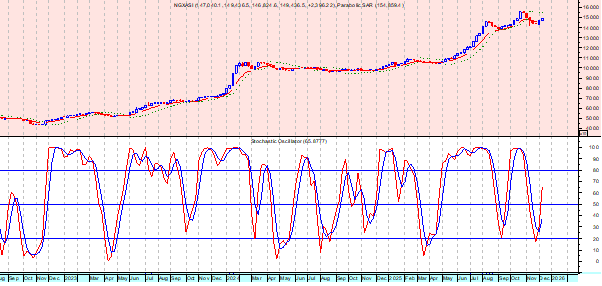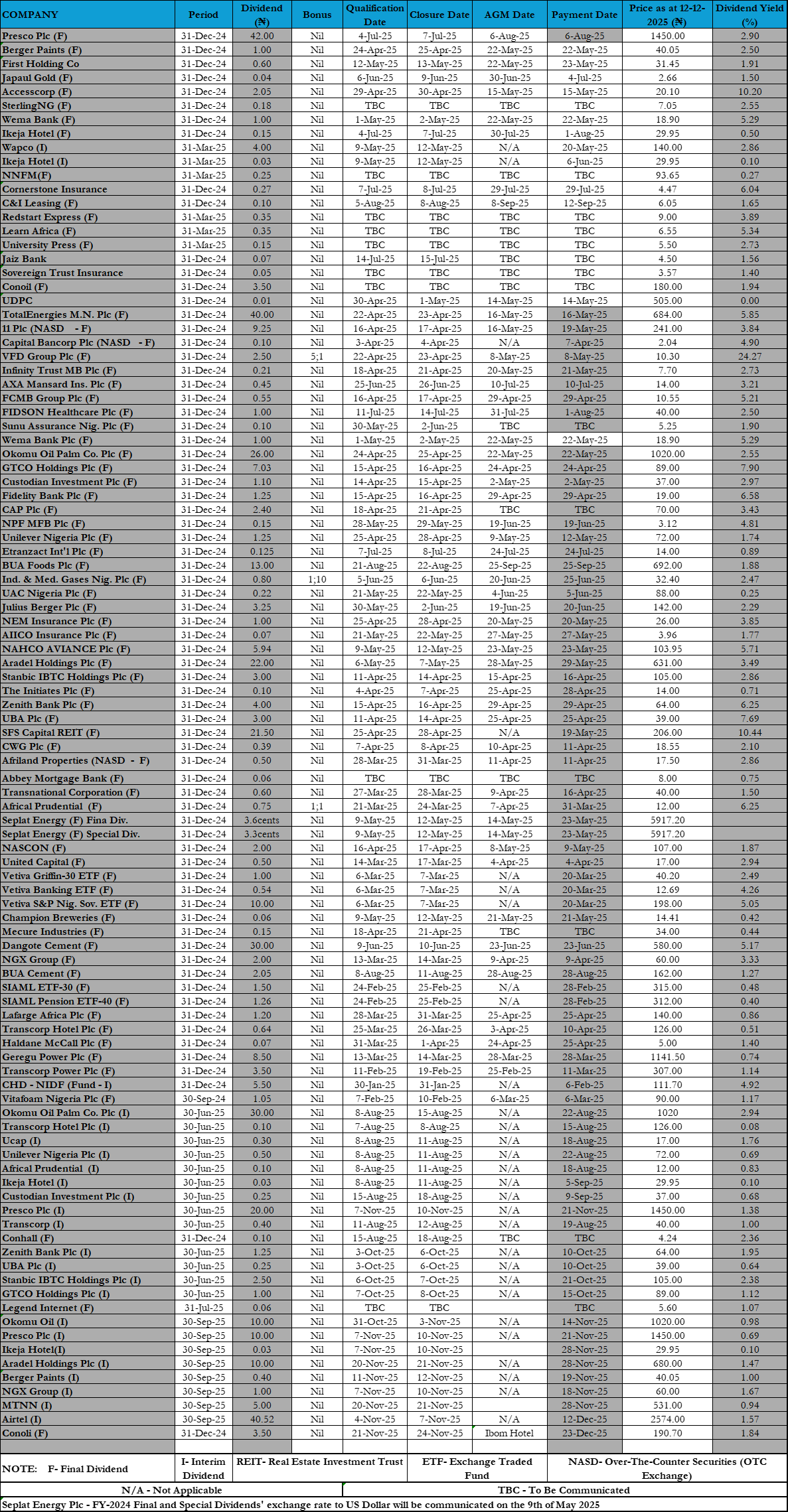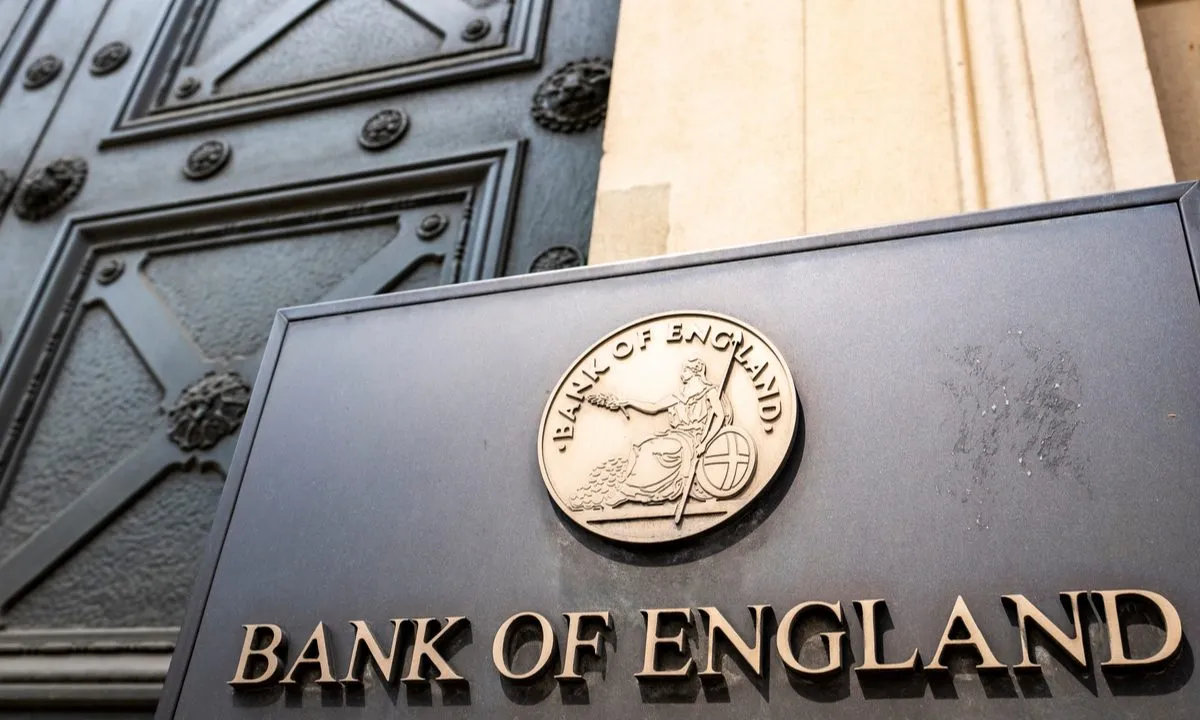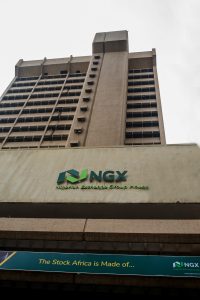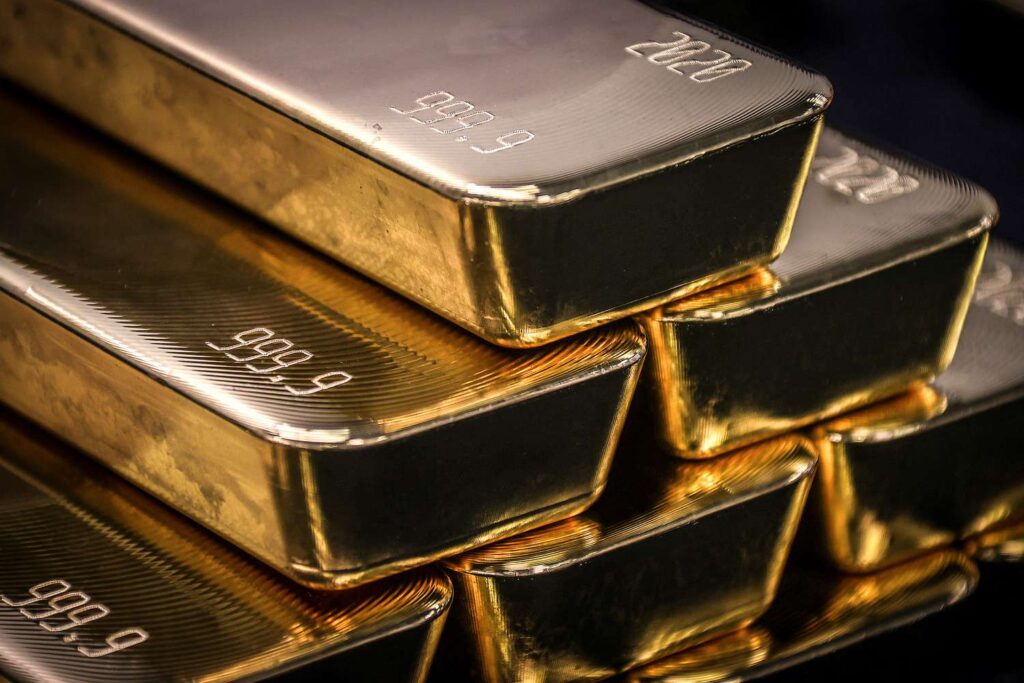
Linh Tran
Since bottoming out around $3,245/oz, gold has experienced an impressive rally, supported by several long-term structural factors. Chief among them are escalating geopolitical risks, expectations of a shift in monetary policy, and sustained accumulation by central banks. These three pillars are converging to create a favorable environment for gold to continue asserting its role as a safe-haven and store of value asset.
Geopolitical risks remain a key catalyst driving defensive demand in global markets. The situation in Eastern Europe remains at an impasse, with Russia and Ukraine unable to establish a viable diplomatic roadmap toward lasting peace. The prolonged conflict not only puts pressure on Europe’s energy security but also triggers widespread instability across global supply chains—factors that historically prompt investors to increase their exposure to gold.
Tensions in the Middle East are another flashpoint that cannot be overlooked. Israel is intensifying military operations in Gaza, while ceasefire talks have yet to produce meaningful outcomes. Notably, U.S. President Donald Trump recently issued strong warnings regarding Iran, indicating that harsher measures may be taken if Tehran continues funding militant groups in the region. Such developments significantly raise the risk of broader conflict—something history has shown to consistently drive strong demand for gold.
In the event these geopolitical flashpoints continue to escalate, gold is poised to benefit directly as a preferred safe-haven, especially in a global financial landscape that is becoming increasingly sensitive to external shocks.
On the monetary policy front, Fed Chair Jerome Powell refrained from commenting directly on the interest rate outlook in his most recent speech. However, this omission does not mean that the market has abandoned expectations of a policy shift. On the contrary, recent economic data—particularly signs of slowing growth—are reinforcing the view that the Fed may pivot toward monetary easing in the coming quarters.
Historically, gold tends to surge when monetary policy pivots from hawkish to dovish. This is partly due to the decline in opportunity cost, which enhances gold’s relative attractiveness. In a lower interest rate environment with greater liquidity, capital tends to flow more aggressively into assets like gold that serve as both a hedge against inflation and a safe-haven in times of uncertainty.
Another, more stable yet equally powerful driver is the steady accumulation of gold by central banks. Amid an increasingly uncertain macro backdrop—ranging from slowing global growth to prolonged geopolitical volatility—central banks have clearly reaffirmed gold’s status as a strategic reserve asset. The pace of net purchases by central banks has surged since early 2023 and shows no sign of slowing down, with 2025 continuing to exhibit strong accumulation trends.
The unwavering commitment by the world’s largest financial institutions to accumulate gold sends a powerful signal about the level of confidence in gold as a hedge against currency risk, inflation, and geopolitical turmoil.
Considering all these factors, gold still appears to have significant upside potential in the near to medium term. With all three key support pillars—geopolitics, monetary policy, and central bank accumulation—still firmly in place and possibly intensifying, the outlook for gold remains positive. In a world marked by persistent uncertainty, gold is likely to continue serving as a trusted safe-haven for both institutional and individual investors alike.
Tran is Market Analyst at XS.com





